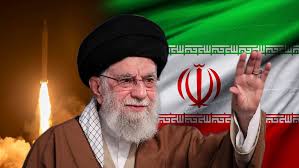As regional tensions continue to grow, Iran’s Supreme Leader Ayatollah Ali Khamenei has reportedly chosen three senior clerics as possible candidates to take over his role in the future.
This move has attracted attention, especially because Khamenei did not include his son, Mojtaba Khamenei, in the list. Mojtaba had often been rumored as a likely successor due to his close involvement in political and religious matters. However, leaving him out appears to signal a shift away from passing leadership through family lines, possibly to avoid criticism or unrest.
The identities of the three chosen clerics have not been officially confirmed, but reports suggest they are respected religious figures with influence in Iran’s political and spiritual circles. These names are being carefully considered by Iran’s Assembly of Experts, the group responsible for selecting the next Supreme Leader when the time comes.
Khamenei, now in his mid-80s, has held the country’s highest position since 1989. As Iran faces increased international pressure and domestic challenges, planning for leadership transition has become even more important.
By identifying possible successors, Khamenei is likely trying to ensure a smooth future for the country’s leadership, reduce speculation, and avoid power struggles. The decision also reflects Iran’s complex political structure, where religion and governance are deeply connected.
This development will be closely watched both inside and outside Iran, as any future change in leadership could affect not only Iranian politics but also the wider Middle East.


